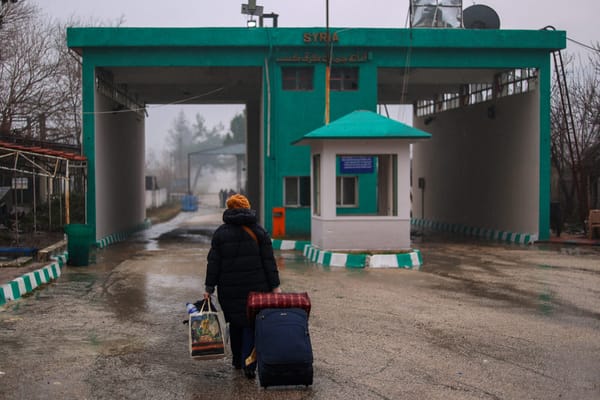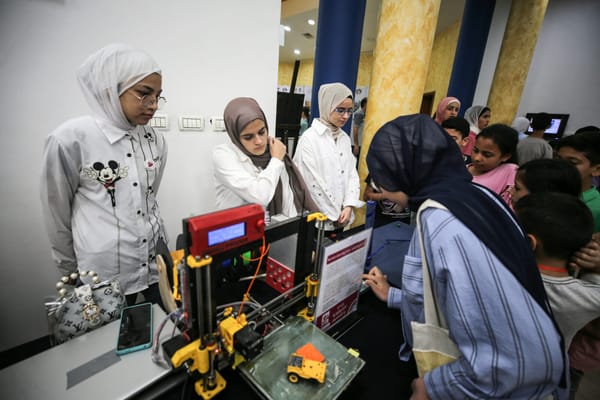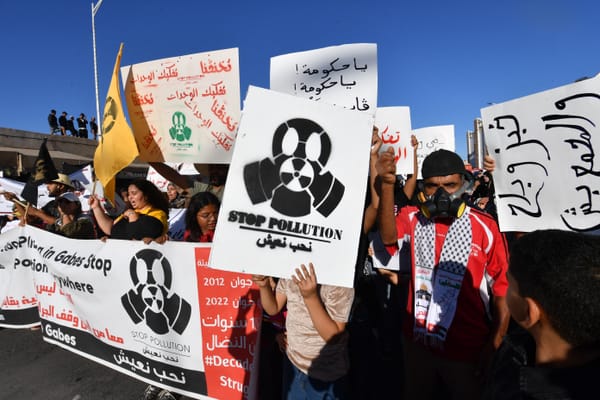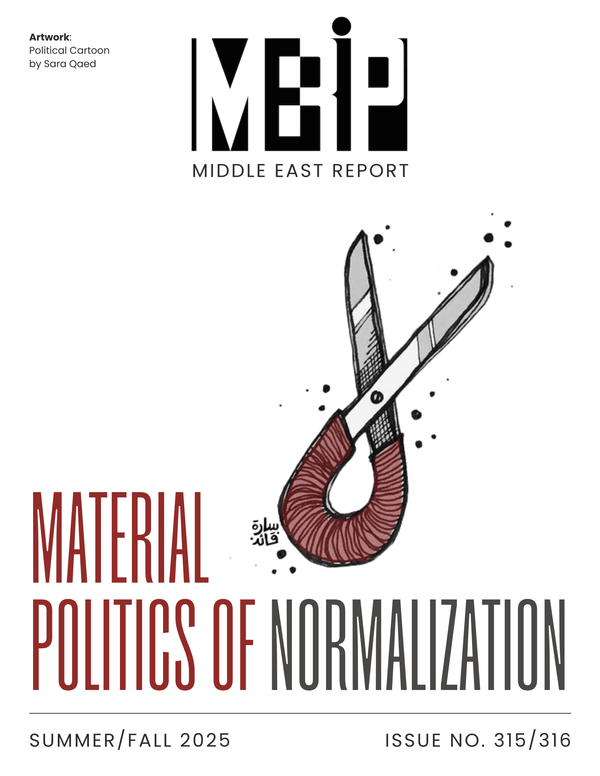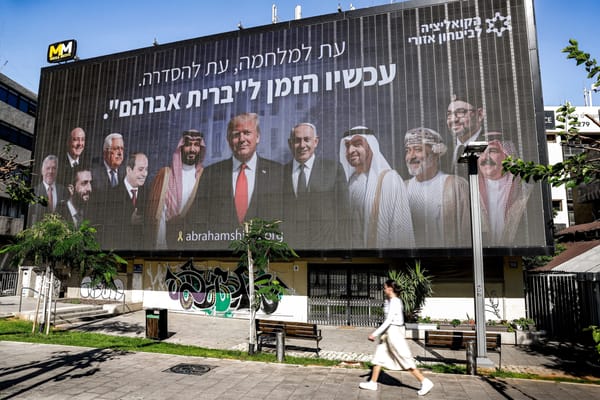Halliday, Revolution and Foreign Policy
Fred Halliday, Revolution and Foreign Policy: The Case of South Yemen, 1967-1987 (Cambridge, 1990).

Fred Halliday, Revolution and Foreign Policy: The Case of South Yemen, 1967-1987 (Cambridge, 1990).
Unlike history, political science is expected to anticipate major events to help the reader understand not only the past but what is to come. The shelf life of many studies of socialist and Arab foreign policies written in the 1980s has been remarkably short. Amid a surge of interest in the old Soviet sphere of influence and in the Arabian Peninsula, many newly minted titles were rendered obsolete by the cataclysmic changes in those regions. Fred Halliday’s Revolution and Foreign Policy: The Case of South Yemen, 1976-1987 fares better than most, despite the fact that the People’s Democratic Republic of Yemen (PDRY) had ceased to exist by the time the book appeared. Although neither Halliday nor any other outside observer predicted the May 1990 agreement for full political union between North and South Yemen, much less the Gulf war and the demise of the Soviet Union, his approach to the study of the PDRY’s foreign policy and his meticulous research make this book worth reading now.
Unlike in his earlier works, such as Arabia Without Sultans or Soviet Policy in the Arc of Crisis, Halliday here eschews an explicit thesis or policy perspective. Rather, he straightforwardly explores the foreign policy of an Arab post-revolutionary state. His argument is embedded in the table of contents: Halliday begins with the South Yemeni revolution and its domestic ramifications, and then considers the impact of the regime’s commitment to regional revolutions and its interactions with North Yemen and other neighbors. Only then does he turn to Aden’s relations with Moscow and Beijing. His premise is that Aden’s ruling Yemeni Socialist Party forged an autonomous, if not always successful, foreign policy.
The central chapter on Yemeni unity has special pertinence for subsequent developments. Halliday’s detailed six-phase chronology of North-South relations takes seriously the unifying tendencies of Yemeni nationalism as well as some political and practical reasons why unity remained on the PDRY agenda. Journalists have often dismissed Yemeni unification as a byproduct of the end of the Cold War. Halliday’s analysis helps the reader situate in hindsight the dynamic of the political merger, considering internal and regional factors, the tenuousness of each polity, popular and elite sentiments on both sides, the 1986 intra-party bloodbath and its catastrophic effects on the legitimacy and integrity of the PDRY state, oil discoveries in the inter-Yemeni border zone, the threats of a hegemonist Saudi regime, and the broader context of global political configurations.
The chapter on “regional orientations,” in addition to covering South Yemeni support of the unsuccessful Dhofari rebellion in Oman and its little-studied but significant policies across the Red Sea in Somalia and Ethiopia, provides enough background on Saudi-PDRY border disputes to put current Saudi claims of sovereignty over Yemeni oil fields in historical perspective.
The PDRY’s revolution placed it on a collision course with conservative Gulf Arab monarchies. Like other post-revolutionary regimes, Aden pursued a strategy at once defensive and offensive. With no close Arab allies and much less Soviet support than Cuba or North Korea, and given the extraordinary affluence of its oil-enriched opponents, the PDRY gradually shifted away from promoting insurrection toward a policy of accommodation that reflected the limits of revolutionary trends and policies in the South Arabian region.
The enduring strength of this book, which earns it a place in any research collection, is its thoroughness. In addition to an outline chronology (1839-1987), eight appendices and 12 pages of bibliography, Halliday packs his chapters with citations. It may well be the last work on South Yemen. Certainly it is one of the best.
